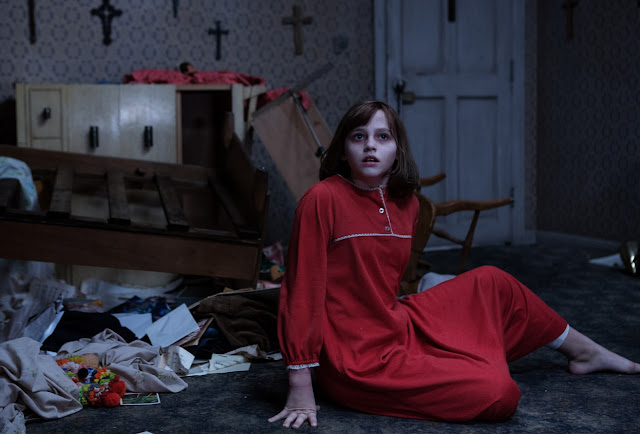Our stories can be as touching and timeless as life can be. Or
our life can be as rich and precious as history itself. Set in the virginal
verdant mountains of 70s China, Balzac
and the Little Chinese Seamstress takes us into the lives of two Chinese
boys and the girl who will test their friendship, love and wisdom during the
Cultural Revolution.
The movie begins with two city boys in their late teenage years
travelling to a remote village in the mountains of Sichuan province. It was the
period of Chinese Cultural Revolution, between 1971 and 1974, and the boys were
sent to the village for re-education. Luo (Kun Chen) is the son of a dentist
while Ma (Ye Liu) is that of a doctor. Upon arrival, the Chief (Shuangbao Wang)
questions their “reactionary background” and checks their luggage. Since they
shall subsist on corn and vegetables, the Chief burns a cookbook which he
claims to be bourgeois. However, he spares Ma’s violin after hearing its beautiful
music which Luo claims in a “mountain song” in honor of Chairman Mao. The boys are then assigned a house and in the
days that follow, they settle into their rural routine, including working in a
coal mine and collecting human waste used for fertilizer.
Everything in the mountain is banal until a young girl,
daughter of a tailor from a nearby village and known as the “Little Seamstress”
(Zhou Xun) comes with her grandfather to listen to Ma play violin. The boys
befriend her and realizing her desire to be literate, they steal a suitcase filled
with banned translated Western novels and teach her to read. Among the authors,
her favorite turns out be Balzac. As the boys undergo re-education of
proletarian China, the Little Seamstress explores entirely new worlds from the
books. As the boys slowly fall in love with her, she dreams of adventures and
life beyond the mountains. So after three years of re-discovering themselves,
they will travel separate roads and pursue their ambitions tested by the
innocent forests of China.
Balzac and the Little
Chinese Seamstress is based on the best-selling book of the same name by
Dai Sijie who also directed the film. Mainly, the movie exemplifies the power
of education and its ability to change people. This is apparent in the Little Seamstress’
curiosity and wonder after browsing through the books, and the boys’ reaction
to the backward awkward life in the village. It also serves as enlightenment
for the audience as we witness some of the notable episodes of China’s history.
It brings so much nostalgia that at the end of the movie, as the Three Gorges Dam
is constructed, the villages are flooded, submerging history and culture while
drowning us in silent sobs and pathos.
Romance is also an integral theme of the movie. We are taken
into the blossoming love between people driven by loneliness and need. While one
boy boldly declares his love, the other loves in quiet. One is reckless, one is
selfless. But Little Seamstress can only love one.
However, the movie ends with a quite sad note. The boys
become successful with the crafts they pursued while the Little Seamstress is
nowhere to be seen. She has been to many places, like Shenzhen and Hong Kong, and
what fate life has given her, the boys have no clue. It is really sad, but a
fitting ending. Like in real life, we constantly meet new people. Some we fall
in love with, others just a roll in the sack. But whatever kind of love we have
for each of them, they will always hold a place in our heart and become a
distant yet wonderful memory.
Indeed, Balzac and the Little Chinese Seamstress is
a beautiful marriage of romance and history. While other movies try to romanticize
historical events, the film successfully weaves a love story from a complicated
history without compromising accuracy and integrity. It is natural and believable.
Moments are gracefully executed, backed with the inspiring landscape of China. Hence,
five stars out of five for the movie.


























0 comments:
Post a Comment